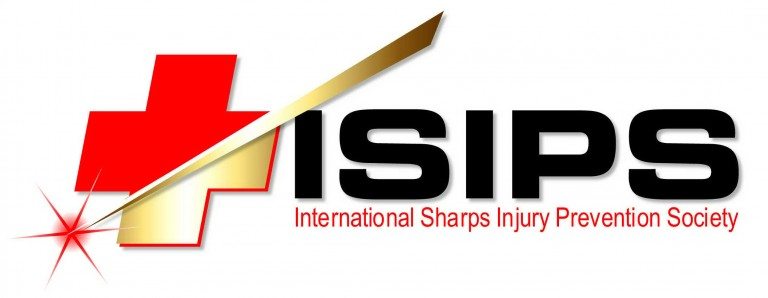By Ron Stoker – Executive Director – International Sharps Injury Prevention Society
Home healthcare is the faster growing industrial sectors in the United States. This is partially due to the challenges of a rapidly aging population. In addition, there is a trend towards reducing hospital stays and increasing medical services in the home environment. Medical care in the home often includes medicine and vitamin injections, blood collection, diabetes monitoring, intravenous infusions of chemotherapy, antibiotics and other infusion therapies.
Most of these procedures require the use of medical devices with sharps including needles, syringes and lancets. Needlestick and other sharps injuries present a risk of serious bloodborne pathogens including hepatitis B, hepatitis C and HIV. These needlestick injuries occur to nurses, nursing aids, hospice aids, certified nursing assistants (CNA) but also occurs to family members and waste handlers.
One strategy to reduce sharps injuries in the home setting is to use medical devices with safety features including safety syringes and safety lancets. However, as reported in several studies, most medical devices used in the home setting do not have injury prevention features because they typically cost more than standard medical devices without safety features. In addition, sharps are commonly re-used for convenience and cost-savings.
The proper disposal of sharps in the home setting is critical to safety. Improperly discarded sharps present hazards to caregivers, family members, waste handlers, and others in the community. The improper disposal of sharps injuries can pose serious threats to municipal waste workers. One trash collector was stuck in the leg by a contaminated needle while on the job. About a year later he started having severe stomach pains. Following testing his doctor informed him that he had contracted Hepatitis C, most likely from the needlestick the year before.
According to a study by the Coalition for Safe Community Needle Disposal, as many as 9 million Americans administered their own injections at home. This means that more than 3 billion syringes and lancets are disposed of in household trash each year.
One method to reduce the potential of accidental sharps injuries in the home setting is to have a convenient solution for the proper disposal of sharps waste. I am in favor of mail-back sharps disposal systems. My extended family has been using sharps containers for many years. With hemophiliac disorders, Type 1 diabetes, Type 2 diabetes and the need for injection therapies we generate our share of needles and lancets. Mail back sharps disposal systems can replace costly pickup services. The leak-proof and puncture-resistant sharps containers come with prepaid return shipping boxes. The shipping boxes have compliance tracking and notifications. After they have been mailed back and destroyed a certificate of destruction is sent.
ISIPS, the International Sharps Injury Prevention Society, reduces the number of accidental sharps injuries that occur globally through the promotion of safety-engineered products. We are an international group comprised of medical device and pharmaceutical manufacturers, health organizations, healthcare professionals, medical waste disposal experts, hospitals, insurance industry, managed care organizations, alternate site providers, correction officials, law enforcement personnel and others that have joined forces to provide education, information, and product knowledge that will help reduce the number of sharps injuries that occur each year.
ISIPS takes the most current information available and disseminates it to healthcare workers, infection control managers, and other interested parties. The ISIPS Newsletters are issued weekly with information concerning sharps injury news, emerging sharps prevention products and technologies, waste management and regulatory and legislative environments surrounding sharps injuries.
The ISIPS Newsletter:
- Promote sharps injury prevention
- Communicate to the media, web sites and other outlets about the importance of sharps injury prevention and the safety benefits of Society members’ products and services.
- Recruits new members and other supporting organizations that strengthen the Society.
- Highlight innovations in medical technologies that reduces needlestick and other sharps injuries.
- Focus on the dissemination of information concerning sharps injury news, regulatory and legislative environments that impact health care workers, hepatitis, HIV, and other infection control issues.
Would you like to receive the ISIPS Newsletter? This free opt-in newsletter provides the most current information on needlestick injuries, safety products, HIV, Hepatitis B, Hepatitis C, West Nile, Ebola and Zika Virus. To receive the free ISIPS Newsletter just go to www.isips.org and sign up at the bottom of the page (highlighted below).



